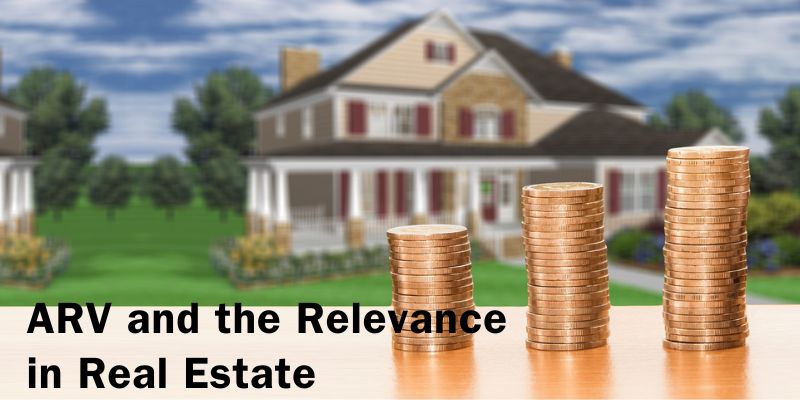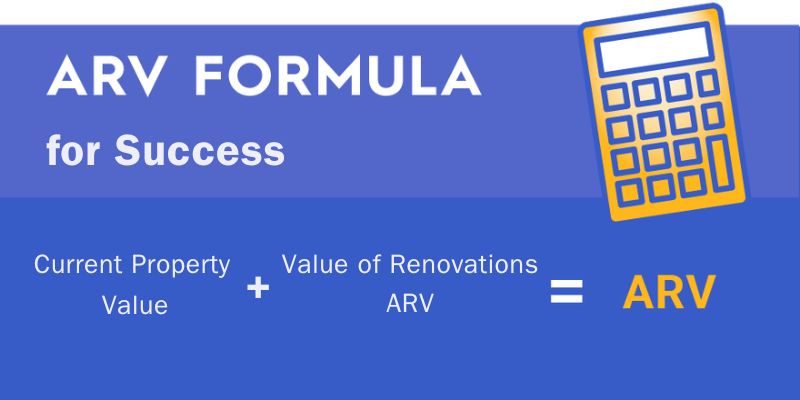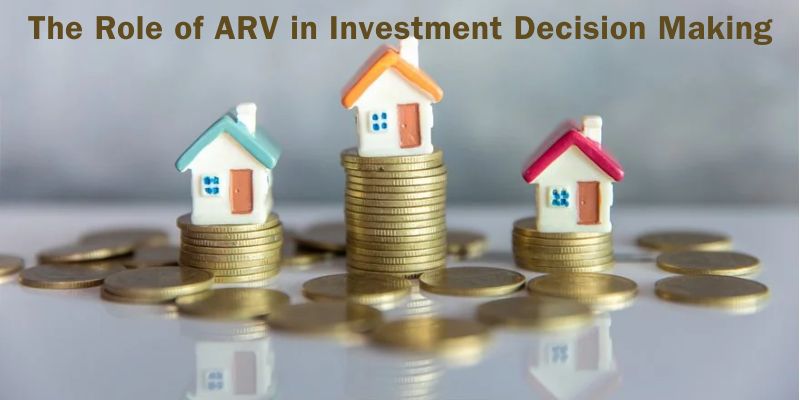Real estate investment is a dynamic and lucrative field that involves various strategies and considerations. One crucial aspect that plays a significant role in assessing the profitability of an investment is the concept of “ARV,” or “After Repair Value.” In this comprehensive guide, Ciuc will delve into the intricacies of ARV, exploring what is ARV in real estate, calculation methods, and its importance for investors.
What is ARV in Real Estate?
Defining ARV
At the heart of real estate investment lies the concept of ARV. But, what is ARV in real estate? ARV stands for “After Repair Value,” and it represents the estimated future value of a property after undergoing renovations or repairs. This metric is a critical tool used by real estate investors to gauge the potential return on investment (ROI) for a property.

The Relevance of ARV
Understanding ARV is essential, especially for investors who engage in the practice of purchasing properties, renovating them, and subsequently selling them for a profit. ARV acts as a compass, guiding investors through the decision-making process by providing a clear picture of the property’s potential value post-renovation.
Calculating ARV: A Formula for Success
The ARV Formula
The calculation of ARV involves a relatively straightforward formula:
ARV=Current Property Value+Value of RenovationsARV=Current Property Value+Value of Renovations
Breaking down the formula, the “Current Property Value” refers to the present worth of the property in its existing condition. The “Value of Renovations” encompasses the estimated cost of repairs or improvements required to enhance the property’s overall appeal and market value.
It is important to note that accurate estimations of both the current property value and the renovation costs are crucial for a realistic ARV. Overestimating the ARV or underestimating the renovation costs can lead to misguided investment decisions.

Conducting Thorough Market Research
To accurately determine the “Current Property Value,” investors must conduct thorough market research. This involves analyzing comparable properties in the area, considering recent sales, and assessing the overall real estate market trends. This step ensures that the current property value is based on concrete and up-to-date information.
Accurate Renovation Cost Estimates
Equally important is the precision with which investors estimate the cost of renovations. Obtaining quotes from contractors and factoring in potential unforeseen expenses is crucial for arriving at a realistic “Value of Renovations.” Inaccurate renovation cost projections can significantly impact the overall investment strategy.
The Role of ARV in Investment Decision Making
Evaluating Profitability
ARV serves as a powerful tool for investors to evaluate the profitability of a real estate venture. By understanding the potential increase in value after renovations, investors can determine whether the expected profit justifies the initial investment and renovation costs.
Risk Mitigation
In addition to assessing profitability, ARV also plays a role in risk mitigation. Accurate projections help investors identify potential pitfalls and challenges that may arise during the renovation process. This foresight allows investors to make informed decisions and develop contingency plans to navigate unforeseen circumstances.

ARV in Practice: A Step-by-Step Guide
Step 1: Property Acquisition
The ARV process typically begins with the acquisition of a property. Investors identify properties with potential for value appreciation through strategic renovations. The current property value is assessed based on market conditions and comparable sales.
What is ARV in real estate? It is at this initial stage that investors must answer this question, as the accurate determination of the property’s current value sets the foundation for subsequent calculations.
Step 2: Renovation Assessment
Once a property is acquired, the next step involves a thorough assessment of the necessary renovations. Investors work with contractors to obtain accurate quotes for the planned improvements. This phase is critical for calculating the “Value of Renovations” accurately.
What is ARV in real estate? The answer lies in understanding the potential added value that renovations can bring to the property.
Step 3: ARV Calculation
With the current property value and renovation costs in hand, investors proceed to calculate the ARV using the formula mentioned earlier. This step provides a clear estimate of the property’s future value after repairs and improvements.
What is ARV in real estate? At this juncture, ARV is a numerical representation of the investment’s potential return and guides investors in their decision-making process.
Step 4: Investment Decision
Armed with the ARV calculation, investors make informed decisions regarding the viability of the investment. If the projected profit aligns with their financial goals and risk tolerance, they may proceed with the renovation project.
What is ARV in real estate? It becomes a compass guiding investors towards sound investment decisions.
Potential Pitfalls and Considerations
Market Volatility
One challenge investors may face is market volatility. Economic fluctuations, changes in local market conditions, or unexpected events can impact property values. Therefore, it’s essential to regularly reassess the ARV throughout the investment process.
What is ARV in real estate? It is a dynamic metric that requires continuous monitoring to adapt to changing market conditions.
Over-Optimistic Projections
Another potential pitfall is over-optimistic projections. Investors must maintain a realistic outlook and avoid inflating the ARV or underestimating renovation costs. Thorough due diligence and conservative estimations are key to a successful real estate investment.
What is ARV in real estate? It is not a guarantee but a tool that, when used responsibly, can contribute to successful investment outcomes.
Conclusion
In conclusion, understanding what is ARV in real estate is fundamental for investors seeking success in property ventures. The After Repair Value serves as a guiding metric, assisting investors in assessing profitability, mitigating risks, and making informed decisions throughout the investment lifecycle.
Throughout this guide, we’ve explored the definition of ARV, the calculation process, and its significance in the decision-making process. By adhering to accurate market research, precise renovation cost estimates, and a realistic outlook, investors can harness the power of ARV to navigate the complexities of real estate investment successfully.
